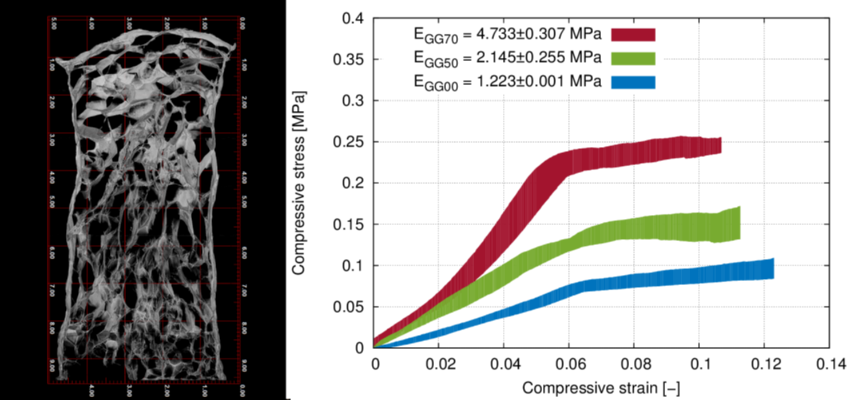
Domain 5: Biomechanics of the human musculo-skeletal system
Biomechanics is a significant interdisciplinary science that studies the mechanical principles and functions of living organisms during their movement. In spite of the successful use of total endoprosthesis of joints, there are still a number of problems connected with the artificially created co-existence and interaction between the bone tissue and the technical material of the endoprosthesis. Currently we are working on extending the selection of joint replacements that will ensure optimum function for each patient after therapy. This effort requires biomechanical research on the implant during everyday activity.
Mathematical models in biomechanics are constructed on the basis of data obtained from Computed Tomography (CT), Magnetic Image Resonance (MRI) or Ultrasound Scanning (US). Algorithms from computer graphics are applied for automatic tissue segmentation, surface reconstruction of different organs and mesh optimisation for use in the Finite Element Method (FEM). The resulting models are used in stress analysis of new types of implants of the human skeletal system (total hip replacement, finger joint replacements, etc.) and their influence over the stress state of the respective tissues.
Another area of research is the development experimental methods for assessment of the mechanical properties of human tissues, in particular of long bones, muscles and ligaments. Algorithms are developed for assessing surface deformations of small samples using an image registration method with the help of a fast CCD camera able to capture up to 25 images per second. The experimental results are applied for numerical modelling of spongy bone (material models for FEM - viscoelastic properties).



